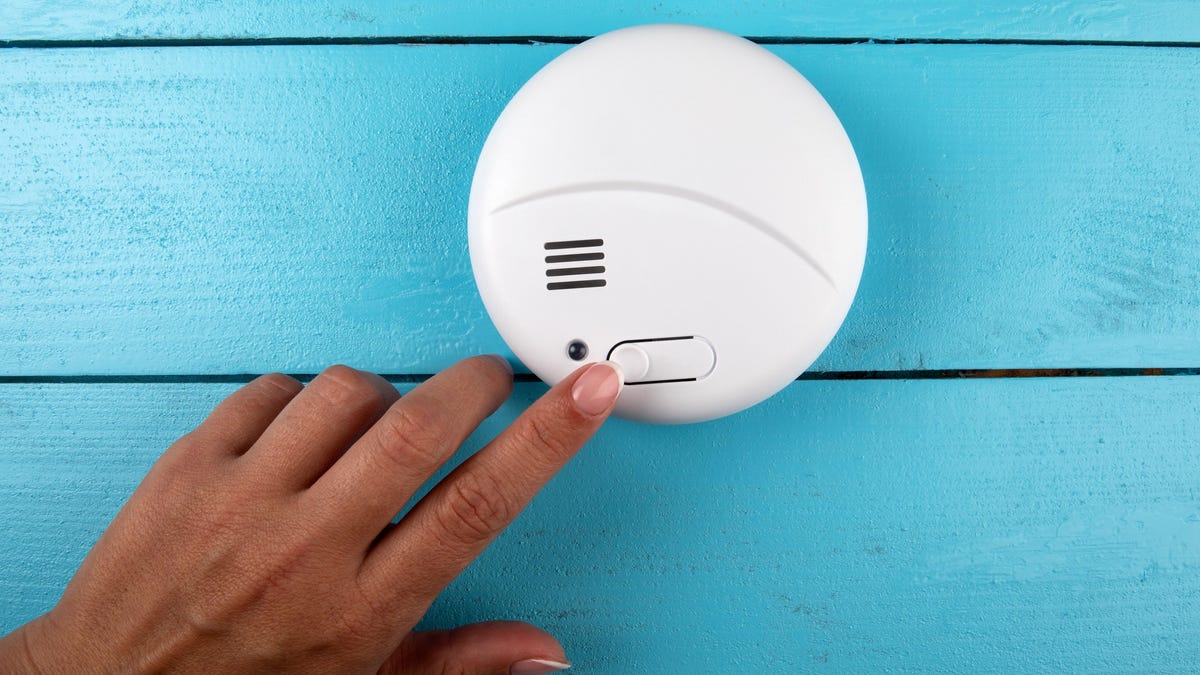Why Is Your Smoke Detector Still Beeping With New Batteries

Smoke and carbon dioxide detectors perform an important, potentially life-saving function and should be located in every home. In addition to putting them in the right places , you should also take the time to check the instruction manual that came with yours to find out the meanings of the different types of beeps, chirps, and alarm sounds it makes.
But what if you lost (or got rid of) these instructions (and they’re not printed on the back of the unit) and find yourself in a situation where there is no smoke, the carbon monoxide level is normal, you replaced the batteries, and the smoke detector is still emitting regular beeps? That’s what it means.
Deciphering beeps and chirps of smoke detectors
While there are a number of different smoke and carbon monoxide detectors , according to the National Fire Protection Association (NFPA), the meanings of their beeps and chirps are basically the same across models and brands.
Beeps versus chirps
First, some clarification of terminology: while specific tones may differ when it comes to the duration of an individual sound (rather than how long an alarm goes off), chirps are generally shorter than beeps. This page of the NFPA website provides audio examples of each.
Meaning of each alarm
According to the NFPA, here’s what each beep means :
- Continuous sets of three (3) loud beeps: Smoke or fire detected.
- Continuous sets of four (4) loud beeps: Carbon monoxide detected.
If you hear any type of alarm, leave the house, call 9-1-1, and do not return inside until you are told it is safe.
In other cases, beeps or chirps serve as maintenance instructions:
- One beep every 30-60 seconds : It’s time to replace the battery.
- Long series of three (3) loud beeps but no smoke or fire : The smoke detector is dirty.
Over time, dust, dirt, spiders, insects, and other debris can build up inside the smoke detector, eventually causing the alarm to go off. Check the back of the alarm clock to see if the manufacturer provides cleaning instructions. If not, you can gently vacuum the smoke detector or clean it with compressed air, per NFPA .
End of life chirp
Let’s say your smoke detector starts to chirp every 30-60 seconds and doesn’t stop working after you change the battery. You may want to try another new battery in case the first one failed or someone put it back in the used packaging. It doesn’t work, so maybe you can clean it with a vacuum cleaner or compressed air. No matter what you do, the chirping doesn’t stop.
This is what is known as the “end of life” chirp : when your smoke detector informs you that it can no longer do its job and must now die (i.e. you must replace it with a new one).
This usually happens when one of them has been used for about 10 years, although some smoke and carbon monoxide detectors do not always last that long. So, regardless of its age, if you find yourself hearing an end-of-life beep, the NFPA recommends that you replace your current smoke detector with a new one.